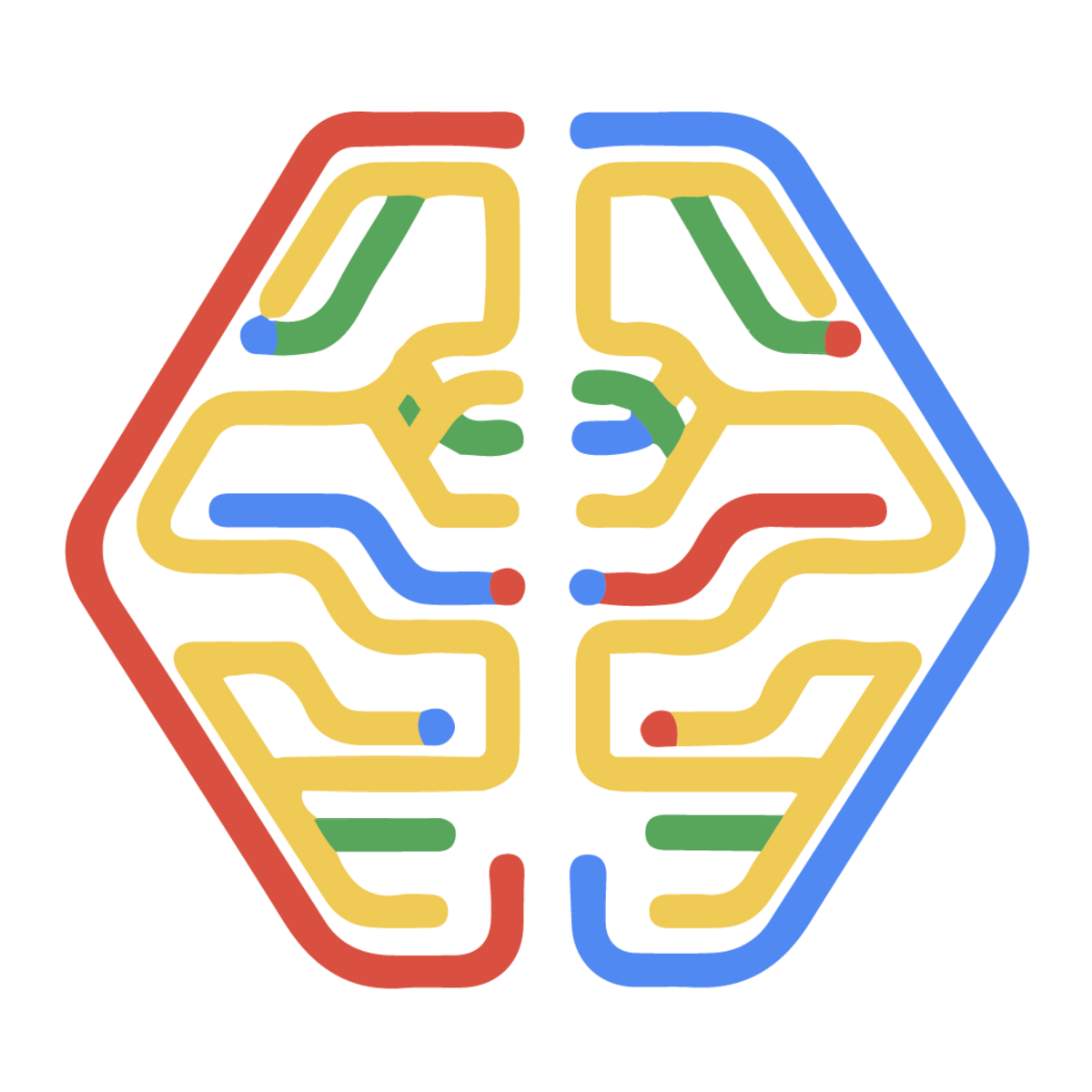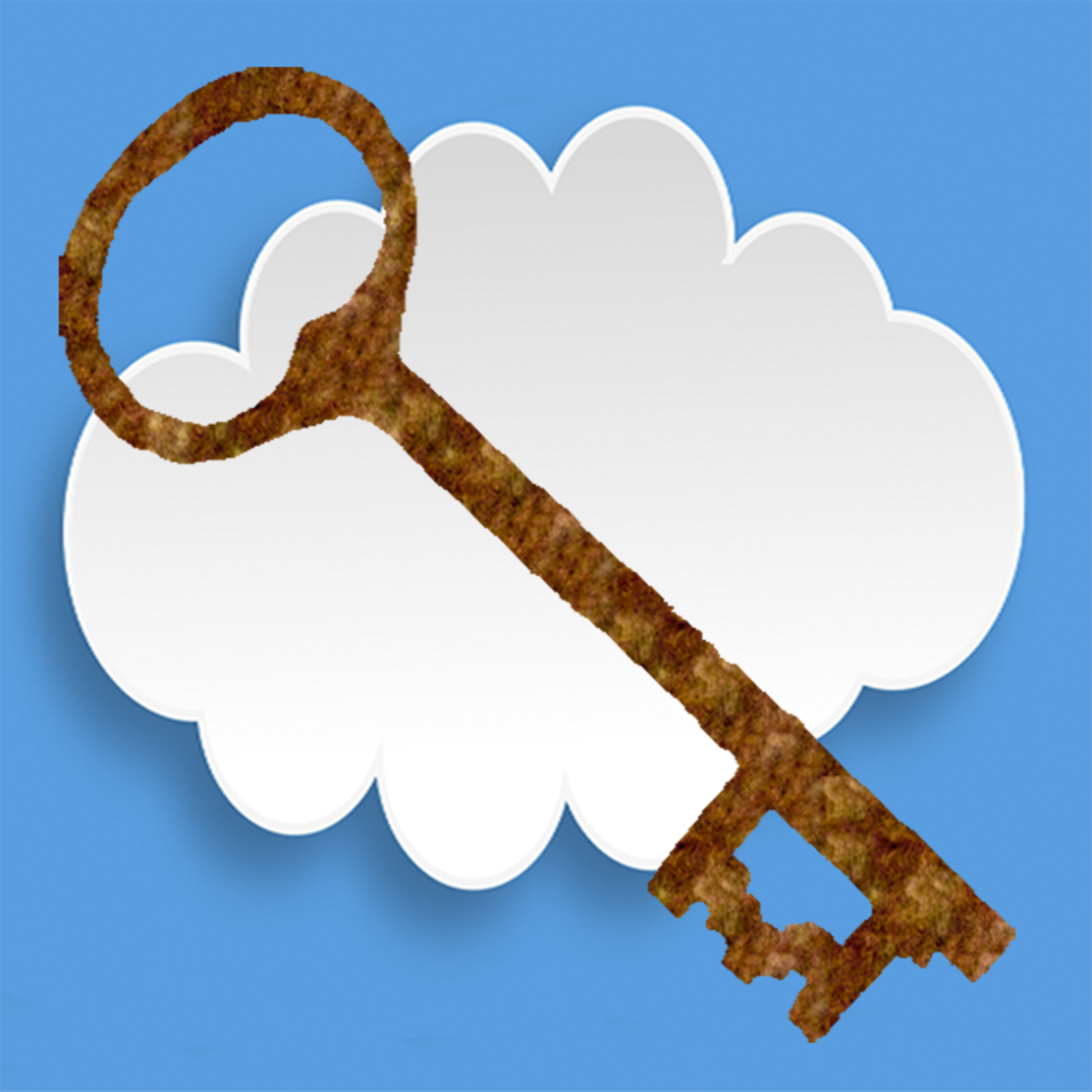Back to Courses









Cloud Computing Courses - Page 17
Showing results 161-170 of 930

Recommendation Systems on Google Cloud
In this course, you apply your knowledge of classification models and embeddings to build a ML pipeline that functions as a recommendation engine.
This is the fifth and final course of the Advanced Machine Learning on Google Cloud series.

Cloud SQL for SQL Server: Qwik Start
This is a self-paced lab that takes place in the Google Cloud console.
This lab shows you how to create and connect to a SQL Server instance and perform basic SQL operations using the Google Cloud Console and a client.

Pivot Tables in Google Sheets
This is a self-paced lab that takes place in the Google Cloud console. Create pivot tables to quickly summarize large amounts of data and reference data using named ranges. Use functions and formulas to calculate descriptive statistics.

How To Set Up Project Sites and Spaces with Confluence
Confluence is a browser based tool that teams can use in the workplace to collaborate on a variety of projects. Confluence allows you to create anything from meeting notes and product requirements to marketing plans and HR policies. You can create a template for documents that you create regularly and save time.
This project will take you through setting up project sites and spaces in Confluence.

VPC Networks - Controlling Access
This is a self-paced lab that takes place in the Google Cloud console. In this lab, you create two nginx web servers and control external HTTP access to the web servers using tagged firewall rules. Then, you explore IAM policies and service accounts.

Cloud Machine Learning Engineering and MLOps
Welcome to the fourth course in the Building Cloud Computing Solutions at Scale Specialization! In this course, you will build upon the Cloud computing and data engineering concepts introduced in the first three courses to apply Machine Learning Engineering to real-world projects. First, you will develop Machine Learning Engineering applications and use software development best practices to create Machine Learning Engineering applications. Then, you will learn to use AutoML to solve problems more efficiently than traditional machine learning approaches alone. Finally, you will dive into emerging topics in Machine Learning including MLOps, Edge Machine Learning and AI APIs.
This course is ideal for beginners as well as intermediate students interested in applying Cloud computing to data science, machine learning and data engineering. Students should have beginner level Linux and intermediate level Python skills. For your project in this course, you will build a Flask web application that serves out Machine Learning predictions.

Analyzing Billing Data with BigQuery
This is a self-paced lab that takes place in the Google Cloud console. In this lab you will create datasets and tables, import data from billing reports, and conduct a variety of queries on the data using BigQuery.

Speech to Text Transcription with the Cloud Speech API
This is a self-paced lab that takes place in the Google Cloud console.
The Cloud Speech API lets you do speech to text transcription from audio files in over 80 languages. In this hands-on lab you’ll record your own audio file and send it to the Speech API for transcription.

Azure: deploy a Web Server using the Container Registry
In this Guided Project, you will familiarize yourself with the Azure Container Registry, by creating a custom Container Registry to push and pull your own Docker images. You will build images and then run and publish a static web server and a Nextcloud instance, by using Azure Container Instances. You'll learn the basics of the Azure Command Line interface and you will learn how to build an image completely on the cloud.
Note: before taking this Guided Project, if you don't have an Azure subscription yet, please create an Azure Free Trial beforehand at https://portal.azure.com

Cloud Security Basics
This course introduces you to cybersecurity for the cloud. We'll learn and apply classic security techniques to today’s cloud security problems. We start with a deceptively simple and secure web service and address the problems arising as we improve it. We’ll analyze recent cloud security vulnerabilities using standard, systematic techniques. We’ll build our own web service case studies and construct security solutions for them. Our toolkit contains classic security concepts like Least Privilege and Separation of Duty, as well as more technical cryptographic and access control techniques.
Popular Internships and Jobs by Categories
Browse
© 2024 BoostGrad | All rights reserved


